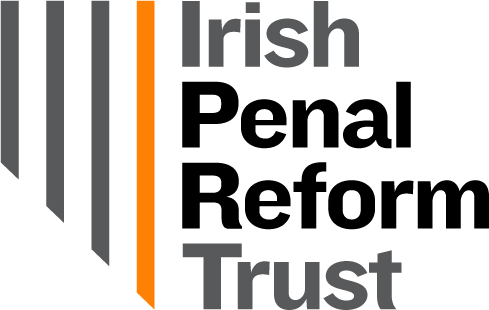Amnesty Report: 'In Plain Sight: Responding to Ferns, Ryan, Murphy and Cloyne Reports'
26th September 2011
Amnesty International today published a new report, In Plain Sight: Responding to Ferns, Ryan, Murphy and Cloyne. The research, undertaken by Dr. Carole Holohan, looks at the abuse and exploitation of Irish children in State funded institutions.
The five key findings established were:
- No clear lines of responsibility make true accountability impossible.
- The law must protect and apply to all members of society equally.
- Recognition of children’s human rights must be strengthened.
- Public attitudes matter. Individual attitudes matter.
- The State must operate on behalf of the people, not on behalf of interest groups.
In 'Lessons for Today', the report highlights some issues which relate directly to the work of IPRT, including how successive governments have failed to address inhuman and degrading conditions in Irish prisons despite being criticised by the European Committee for the Prevention of Torture, Visiting Committees and the UN Committee against Torture. The research also points out that the UN Committee against Torture has expressed grave concerns over the continued detention of 16 and 17 year old boys at St. Patrick's Institution and calls on the Government to allow the Ombudsman for Children to receive individual complaints from children held in St. Patrick's.
Also concerning St. Patrick's Institution, Dr. Holohan expressed that: "There needs to be clearer lines of accountability for decisions taken by the executive government – including decisions not to implement commitments previously made." She then questions how the Government can justify their decision to indefinitely delay the building of a new detention facility for children which will bring an end to the detention of 16 and 17 year olds in prison.
Dr. Holohan's research shows that Ireland does not have a formal juvenile penal policy, and there is little preventive or early intervention work done with children who display offending behaviour. As an example, the report cites research which has found that among males aged 21-30 years, early school leavers have an imprisonment rate of 46.6 per 1,000 compared with 1.6 per 1,000 for those who completed their Leaving Certificate.
In Plain Sight also highlights a 2007 study of 18-25 year olds experiencing homelessness carried out by the Children's Research Centre at Trinity College, Dublin. This study established that one of the main ways of a young person becoming homeless was leaving a State care system, for example a residential setting for young offenders.
The report goes on to state that mental health services in the youth justice system are shown to be lacking. Despite the fact that children in the youth justice system and children in State care are among those at high risk of experiencing mental health issues, reports show that access to child and adolescent mental health services for these children remains inadequate.
Read more:




